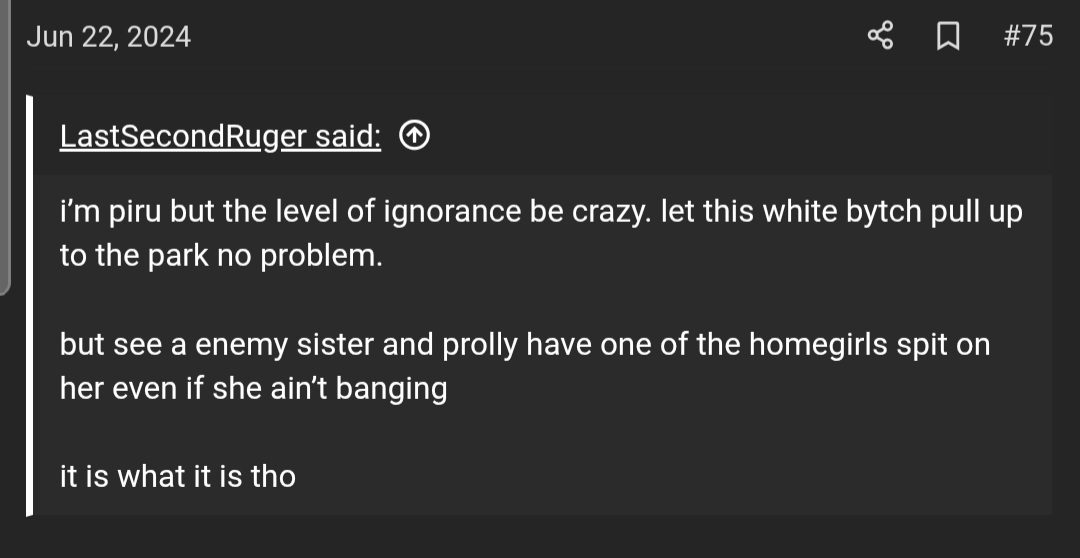because of the system of
17th Century Dutch slavery,... it is apparent that slaves could and did own land, and their wives and children could inherit such property (and this system was affirmed immediately after the English takeover in 1664). One Black - Solomon Peters - is seen to have an affluence beyond his family landholding, and to have attained a professional status as a physician. Moreover, Blacks could marry in the Dutch Reformed Church.
The following account (sketches) is abstracted primarily from Volume VI of Isaac Newton Phelps Stokes’s six volume work The Iconography of Manhattan Island, 1498-1909 (New York, 1909-1924) hereafter Icon. ...What follows is here by virtue of the manumissions and property ownerships still being a matter of record.
Perhaps some of these Blacks are interred in the “Negroes Burying Ground.”
https://www.newyorkfamilyhistory.org/sites/default/files/dikkenson_abstracts_early_black.pdf
With
the second-highest proportion of any city in the colonies (after Charleston, South Carolina), more than 42% of New York City households enslaved African people by
1703...
By
1780, 10,000 Black people lived in New York... Of the Northern states, New York was next to last in abolishing slavery.
In
1783,
black men made up one-quarter of the rebel militia in White Plains, who were to march to
Yorktown, Virginia, for the last engagements.
[10]
Starting in the 1830s, and particularly between 1850 and 1860, following passage of the
Fugitive Slave Act of 1850,
professional bounty hunters, vigilance committees, and the Underground Railroad could be found in New York.
New York City Mayor
Fernando Wood was strongly pro-slavery...in the opposition to the
13th Amendment ending slavery.
Just before the Civil War he had seriously proposed to the City Council that the city secede from the Union...The City Council approved the plan, but rescinded its approval three months later, after the
Battle of Fort Sumter.

en.wikipedia.org
1643- 1716
There were about 30 African-owned farms over about 130 acres centered in the modern neighborhoods of
Greenwich Village and
SoHo, including all of the area surrounding
Washington Square Park

en.wikipedia.org
late 17th and 18th c
The site contains the remains of more than 419
Africans buried during the late 17th and 18th centuries in a portion of what was
the largest colonial-era cemetery for people of African descent, some
free, most
enslaved

en.wikipedia.org
1741
At the height of the hysteria,
half of the city's male slaves over the age of 16 were implicated in the plot and jailed.[18] Arrests, trials and executions continued through the summer

en.wikipedia.org
1808
The congregation began after an incident in 1808,
[6] when visiting
Ethiopian seamen and free
African-American parishioners left the
First Baptist Church in protest over being restricted to racially
segregated seating

en.wikipedia.org
mid 19th c- early 20th c
The name Little Africa was given to several black communities in New York City,
it was first applied to what became the Five Points. It was the original site of the
Abyssinian Baptist Church, opened on
Worth Street - now in
TriBeCa - in 1808 ...During the 1890s the name Little Africa was also applied to the area near Broadway and Harrison streets in
Williamsburg.
Little Africa in Manhattan initially developed as a reaction to
the violence of the 1834 anti-abolition riots in the Five Points. It formed a demographic
contrast to the smaller, more rural and middle-class Seneca Village located farther north until its razing in 1857. The urban neighborhood
suffered great violence itself during the 1863 draft riots,

en.wikipedia.org










